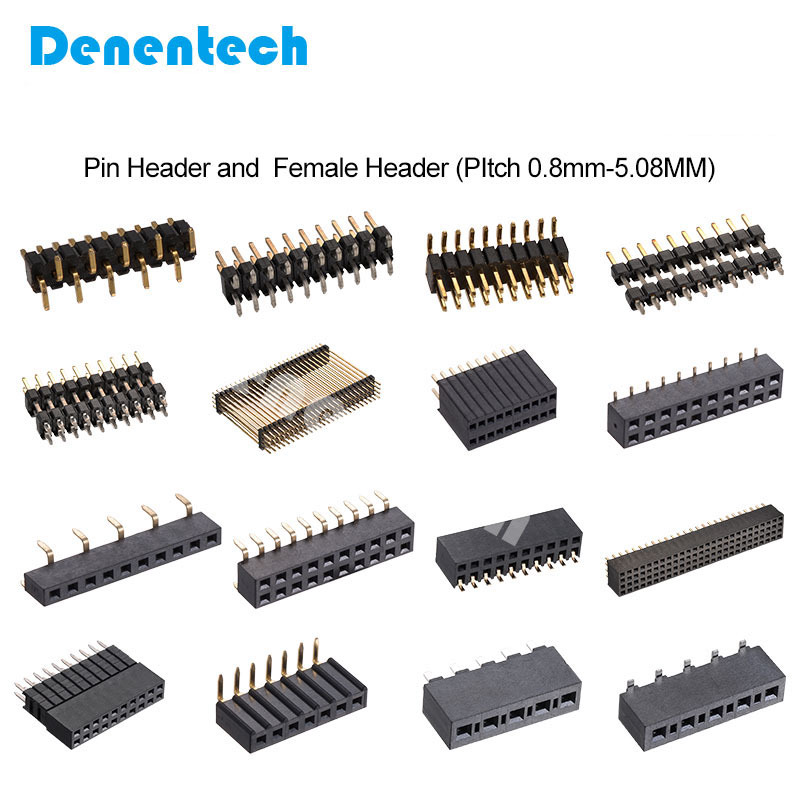What is a connector?
The connector is a component that our electronic engineering technicians often contact; its function is very simple: to build a bridge of communication between the blocked or isolated circuits in the circuit, so that the current can flow and the circuit can be realized scheduled function. Connectors are an indispensable part of electronic equipment. You will always find one or more connectors along the path of current flow. The form and structure of the connector are ever-changing, and there are various forms of connectors depending on the application object, frequency, power, application environment, etc.
Connector classification
By type: male end, female end (also called plug, socket; SOCKET, HEADER).
By connector method: board-to-board (BTB), wire-to-board (WTB), wire-to-wire (WTW).
By connector type: USB, RJ, I/O, deck, FPC.
According to the occasion of use: board end, line end, backplane.
According to the welding method: DIP, SMT, IDC (cable piercing), PRESS FIT (socket type).

The Basic Performance Of Connectors can be divided into three categories: mechanical performance, electrical performance and environmental performance.
1. Mechanical properties Insertion force Insertion force is divided into insertion force and extraction force retention force (if the retention force is too small, it will affect the reliability of the connection) insertion and extraction times (life).
2. Electrical properties Rated voltage, rated current, contact resistance, insulation resistance, dielectric strength (with standing voltage).
3. Environmental performance Common environmental performance includes temperature resistance, humidity resistance, salt spray resistance, vibration and shock, weld ability, etc.